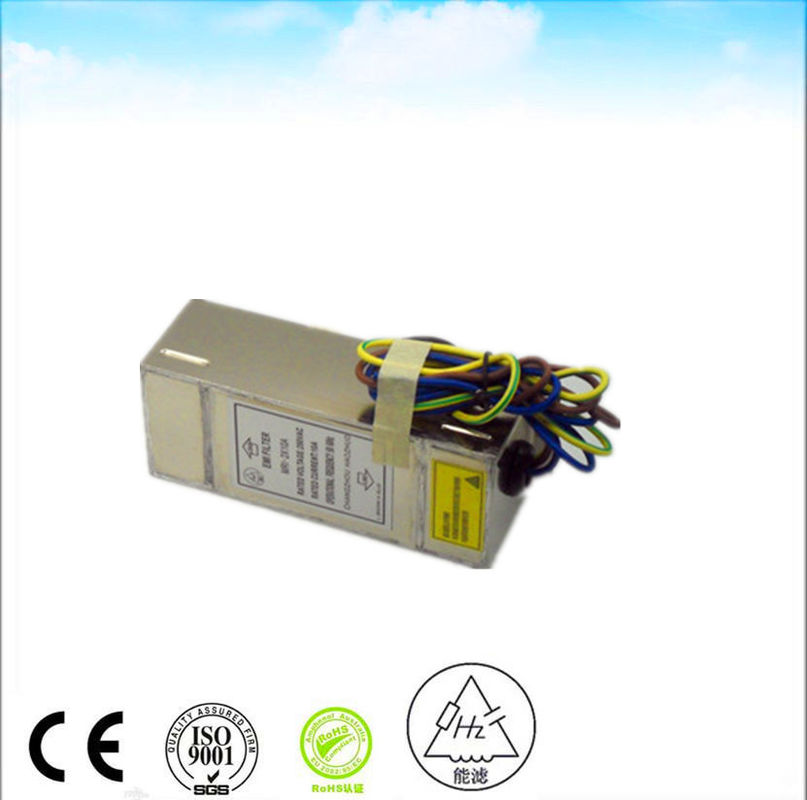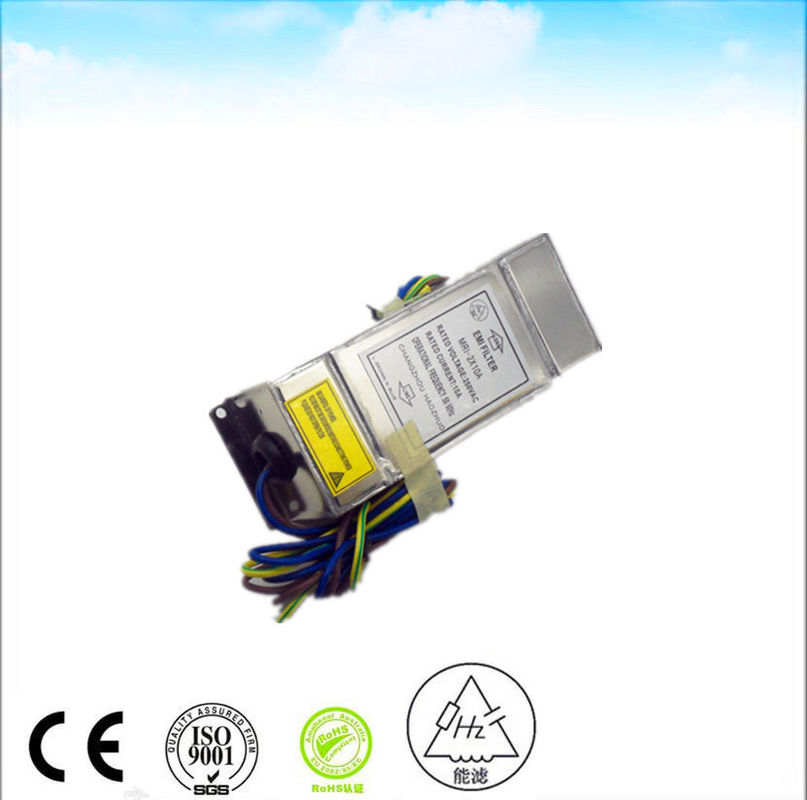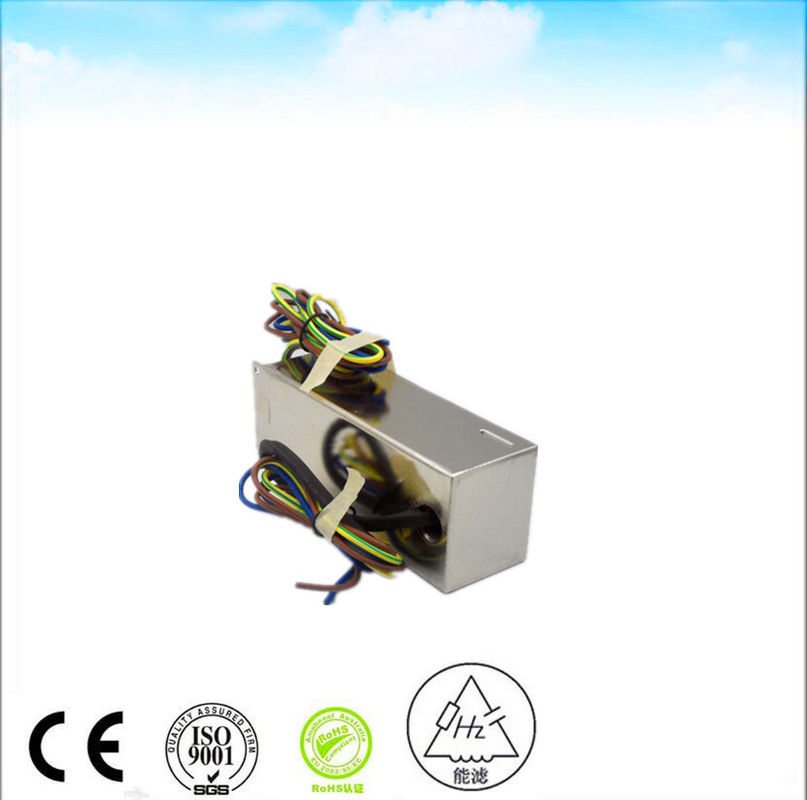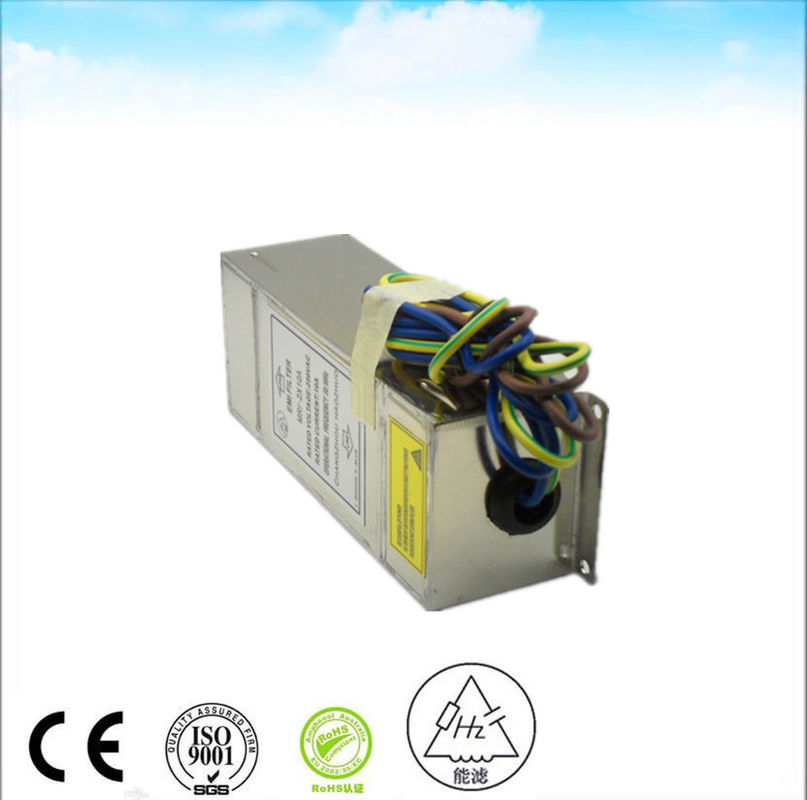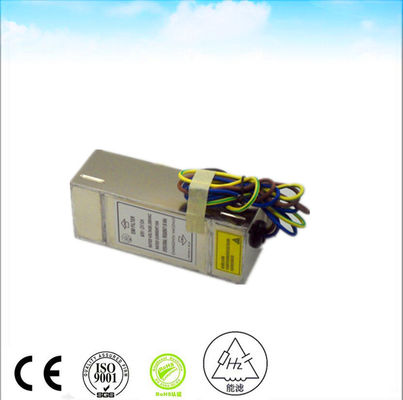
10A 230V 250v AC Dc RFI Emi Filter For Vfd Led Lights Electromagnetic Interference
-
Highlight
240v ac emi filter
,230v ac emi filter
,Emi Filter For Led Lights
-
TypeEMI Filter
-
Transfer FunctionLow Pass
-
Package TypeThrought Hole
-
Nominal Center Frequency50/60Hz
-
3dB Bandwidth1
-
Insertion Loss100db
-
Input Impedance50ohm
-
Stopband Attenuation70-100dB
-
Rated Voltage250VAC
-
Rated Current10A
-
LINES NUMBER2
-
ApplicationPOWER LINE FOR MRI FARADAY CAGE
-
PortChangzhou Shanghai Hangzhou Or Others
-
Place of OriginJiangsu, China
-
Brand NameNenglv
-
CertificationCE RoHS
-
Model NumberHZ-2X10A
-
Minimum Order Quantity>=1 Pieces
-
Price$70.00
-
Packaging Details20 PCS IN ONE CARTON THE GROSS WEIGHT OF ONE CARTON IS ABOUT 20KG
-
Supply Ability1000 Piece/Pieces per Week
10A 230V 250v AC Dc RFI Emi Filter For Vfd Led Lights Electromagnetic Interference
| RATED VOLTAGE | 250 vac | ||
| RATED CURRENT | 10 A | ||
| Voltage Drop | Less than 1V | ||
| Overload | 140% of rated current for 15 minutes | ||
| Harmonic Distortion | Less than 2% @ full rated current | ||
| Leakage Current | ≤0.2A@380/230VAC and 50Hz | ||
| Dielectric Withstanding Voltage | 1000VDC (line to line) 1000VDC (line to case) | ||
| DC Insulation Resistance | As Per MIL-STD-202 Method 202 | ||
| Terminal Strength | As Per MIL-STD-202 Method 211 | ||
| Temperature Rise | As Per MIL-F-15733 | ||
| Insertion Loss | ≥70dB@150K-10GHz As Per MIL-STD-220A, Under Load Condition | ||
| Climatic Classification | 25/070/21 | ||
Electromagnetic interference (EMI) is broadly defined as the electrical or magnetic interference that degrades or damages the integrity of a signal or the components and functionality of electrical equipment. Electromagnetic interference; which encompasses radio frequency interference, is normally broken into two broad areas:
Narrowband emissions are usually man-made and limited to a tiny area of the radio spectrum. The hum that power lines make are a good example of a narrowband emission. They may be continuous or sporadic.
Broadband emissions can be either mad-made or natural in origin. They tend to effect a large area of the electromagnetic spectrum. They can be one time events that are random, sporadic, or continuous. Everything from a lightning strike to computers generate broadband emissions.
Our technical team has more than 10 years' experience in designing EMI filter. We know UL VDE CSA CE CQC etc safety standard very well.
Our technical service team learn many kinds of test standard such as industrial application (IEC61800-3 for frequency inverter drive EN12015 for elevator EN55011 for ISM device etc) and military application (GJB151A GJB152A etc).We can solve EMI problem quickly effectively and low-costly.
2 Stage EMI Filter
230v Ac EMI Filter
240v Ac EMI Filter
3 Phase 400hz EMI Filter
3 Phase RFI Filter
50a EMI Filter
AC Socket EMI Filter With Fuse And Switch
EMI Filter 5A
Ac Dc EMI Filter
Ac Input EMI Filter Design
Ac Line Filter For Audio
Ac Power Line Noise Filter
Anti-Interference Filter
Electromagnetic Interference Filters
EMC EMI Filter For PV Inverters
EMI Electrical Power Filter For Equipment
EMI Filter 10a
EMI Filter 230v
EMI Filter Ac
EMI Filter Feedthrough Capacitor
EMI Filter For Led Lights
EMI Filter For Power Supply
EMI Filter For Vfd
EMI Filter Manufacturers
EMI Filters For Mechanical Equipment
EMI RFI Ac Power Line Filters
EMI RFI Noise Filtration
EMI RFI Noise Suppression Protection Filters
Ethernet EMI Filter
Feedthru Capacitors
General Purpose Socket Emc RFI Noise Filter With Fuse
Gigabit Ethernet EMI Filter
Iec EMI Filters
Inline EMI Filter
Inverter EMI Filter
Laser Cutting Single Phase EMI Filter
Lc EMI Filter
Lcr Electronics EMI Filter
Led EMI Filter
Low Pass EMI Filter
Lvds EMI Filter
Mains EMI Filter
Military EMI Filters
Mri Rf Filter
Passive EMI Filter
Plc Noise Filter
Plug In EMI Filters
Power Filter With Fuse For Medical Equipment
Power Line Filters Single Phase
Power Supply EMI Filter
Radio Frequency Interference Filters
RF Feedthrough Capacitor
RFI Filter For Radio
RFI Filter For Tv
RFI Filter For Vfd
RFI Suppression Filter
Rj45 EMI Filter
Single Phase EMI Filter
Single Phase RFI Filter
Solar Inverter EMI Filter
Three Phase EMI Filters
Vfd EMI Filter
EMI Filter With Rocker Switch And Fuse
Two Stages EMI Ac Power RFI Filter ETC.

